Women's Rights National Historical Park
Introduction
Text-to-speech Audio
The Women's National Historic Park commemorates the first Women’s Rights Convention, which was held here in Seneca Falls on July 19-20, 1848. The convention was organized by a group of women's rights activists led by Elizabeth Cady Stanton (1815-1902) and Lucretia Mott (1793-1880), who was a Quaker and known for her excellent oratorical skills. The convention marked the beginning of the women's rights and suffrage movements in the country. Elizabeth Cady Stanton fought for these issues for the majority of her adult life and was one of the foremost political figures of the 19th century. Just over six acres in size, the park consists of two properties associated with the convention and the women's suffrage movement—Wesleyan Methodist Church and the Elizabeth Cady Stanton House—and a Visitor Center, which is located next to the church. Other landmarks related to the convention are on the Votes for Women History Trail, including the M'Clintock House and the Richard Hunt House, both of which are located just to the west in the town of Waterloo. The park was added to the National Register of Historic Places in 1980.
Images
The Seneca Falls Convention was held here at the Wesleyan Methodist Church in July 1848.
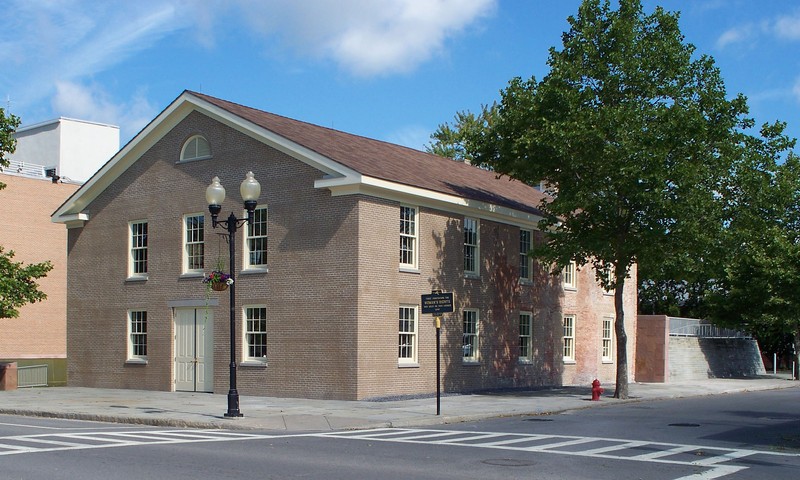
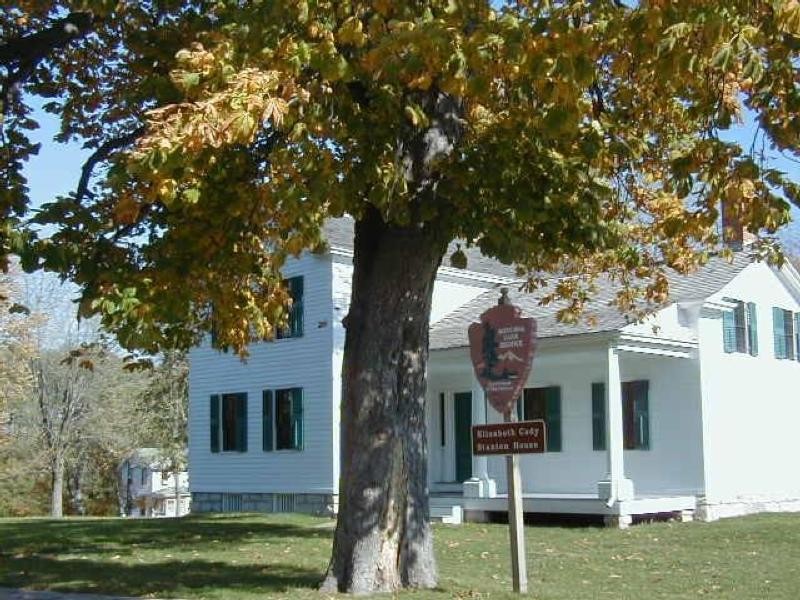
The M'Clintock House was built in 1836. It was here that the Declaration of Sentiments was drafted, primarily by Elizabeth Cady Stanton.
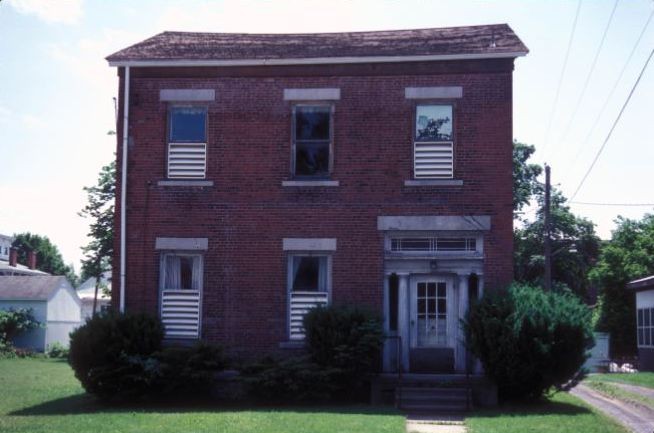
Elizabeth Cady Stanton and her family lived in this house from 1847-1862. It is a National Historic Landmark.
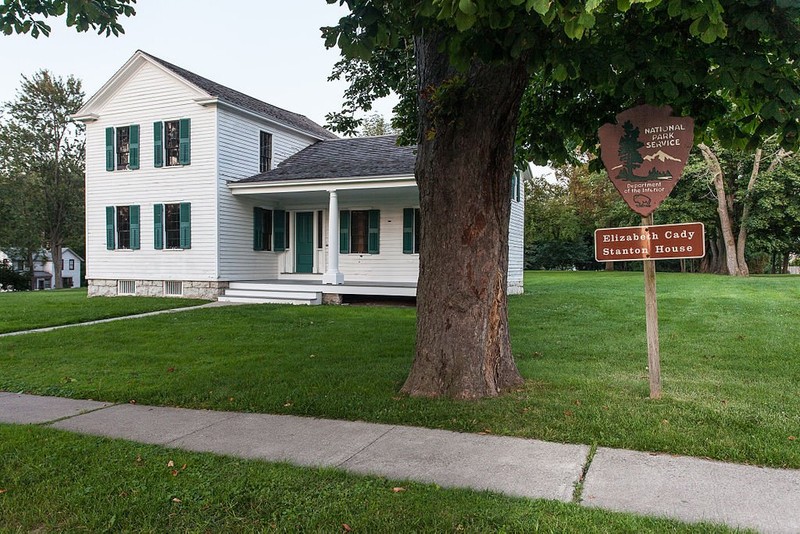
Elizabeth Cady Stanton
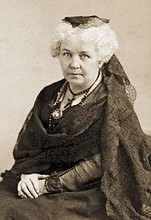
Lucretia Mott
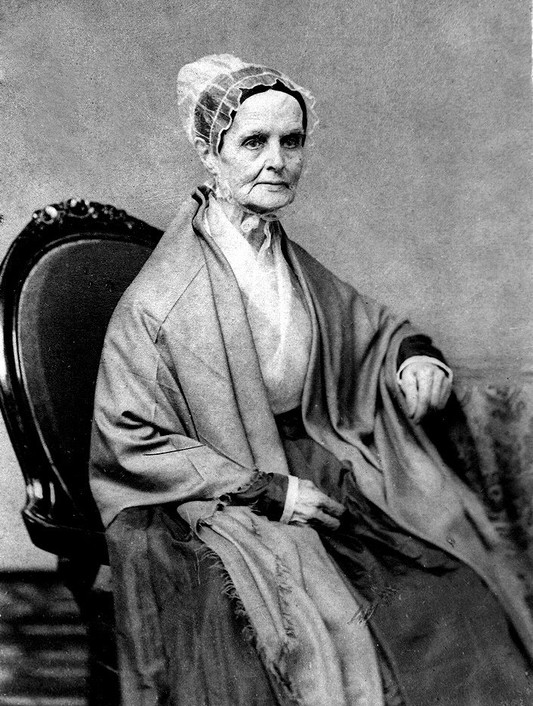
Backstory and Context
Text-to-speech Audio
Wesleyan Methodist Church
As stated above, the first women's rights convention was held in the Wesleyan Methodist Church in July 1848. About 300 men and women attended the two-day event. Although the first day was intended for women only, about 40 men were allowed inside but were asked not to speak. Men were invited and allowed to participate on the second day. The building itself was originally built in 1843. Only some parts of the original exterior walls remain; the rest was entirely reconstructed.
Elizabeth Cady Stanton House
Elizabeth Cady Stanton and her family lived in this house from 1847 to 1862 when they moved to New York City. It is a National Historic Landmark and listed on the National Register of Historic Places.
Elizabeth was born in Johnstown, New York in 1815 and attended an all-boys school where she excelled, especially in math and languages. She then enrolled at Troy Female Seminary and graduated in 1832. She met her husband, Henry Stanton, in 1840 and they soon got married in May of that year. True to her beliefs, Elizabeth asked the minister who married them to remove the words "to obey" from the wedding vows.
Henry began practicing law, first in Albany, New York and then in Boston. They also started a family at this time. In 1847, Elizabeth's father invited them to move to Seneca Falls to live in a house he owned. Henry was also ill and thought that moving away from Boston would enable him to recover. Elizabeth assumed ownership of the house in June of that year.
Seneca Falls Convention
The idea for the women's rights convention originated in 1840. In June of that year, right after they got married, Elizabeth and Henry traveled to London to attend the World Anti-Slavery Convention. A journalist and lawyer by trade, Henry was also a staunch abolitionist (as was Elizabeth) and was a delegate representing the American Anti-Slavery Society at the convention. Elizabeth and other women were initially not allowed to attend. However, after some debate, they were given permission to sit at the back of the hall but were barred from participating. It was here that Elizabeth met and befriended activist Lucretia Mott. Both were, understandably, very angry at the treatment they and the other women experienced. As a result, they agreed that someday a women's rights convention would be held in America.
After returning to America, Elizabeth settled into her domestic life. However, her experience in raising children and maintaining the household strengthened her women's rights convictions even further. She deplored the fact that women were expected to be housewives and longed for intellectual stimulation.
On July 9, 1848, she vented her frustrations to a group of women friends (Lucretia Mott, Mary Ann M’Clintock, Martha Wright, and Jane Hunt) at the Richard Hunt House. They all agreed that it was finally time to call for the convention. They placed ads in newspapers, including in the North Star, which was published by former slave and abolitionist Frederick Douglass, who attended the convention. As a result, news of the gathering spread quickly. On July 16, Mary Ann M’Clintock invited Elizabeth and other organizers to her house to draft a document called the Declaration of Sentiments, which outlined the resolutions of the convention.
The convention consisted of several sessions that touched on a different topics including women's role in society, law, and, importantly, the right to vote. There was disagreement whether to keep the right to vote in the Declaration of Sentiments but in the end it was not removed. Frederick Douglass, who was the only African American to attend, argued forcefully for its inclusion. This decision would prove to be critical because the right to vote quickly became a core principle of the women's rights movement nationally.
Sources
"Elizabeth Cady Stanton House." National Parks Service - National Register of Historic Places. November 23, 1983.
https://npgallery.nps.gov/GetAsset/cbb0ad47-841a-4c6b-8707-c953a1cc2915.
"Elizabeth Cady Stanton's Life in Seneca Falls." [Pdf] National Parks Service - Women's Rights National Historical Park. Accessed December 28, 2018. https://www.nps.gov/wori/learn/historyculture/upload/site%20bulletin%20ECSH%20final.pdf.
"Seneca Falls Convention Begins." History.com. A&E Television Networks. Last updated August 21, 2018. Accessed December 28, 2018.
https://www.history.com/this-day-in-history/seneca-falls-convention-begins.
Photos: Wikimedia Commons
